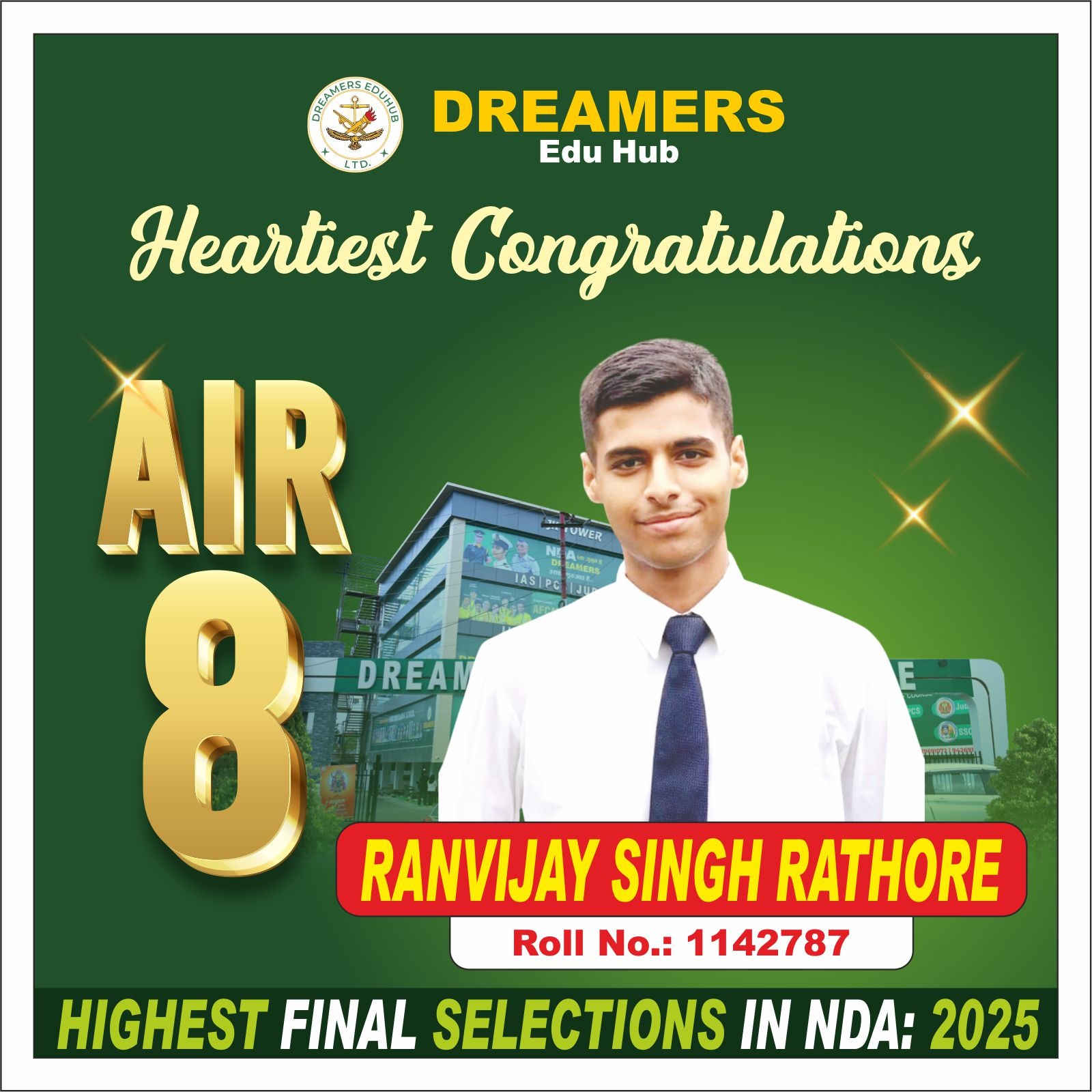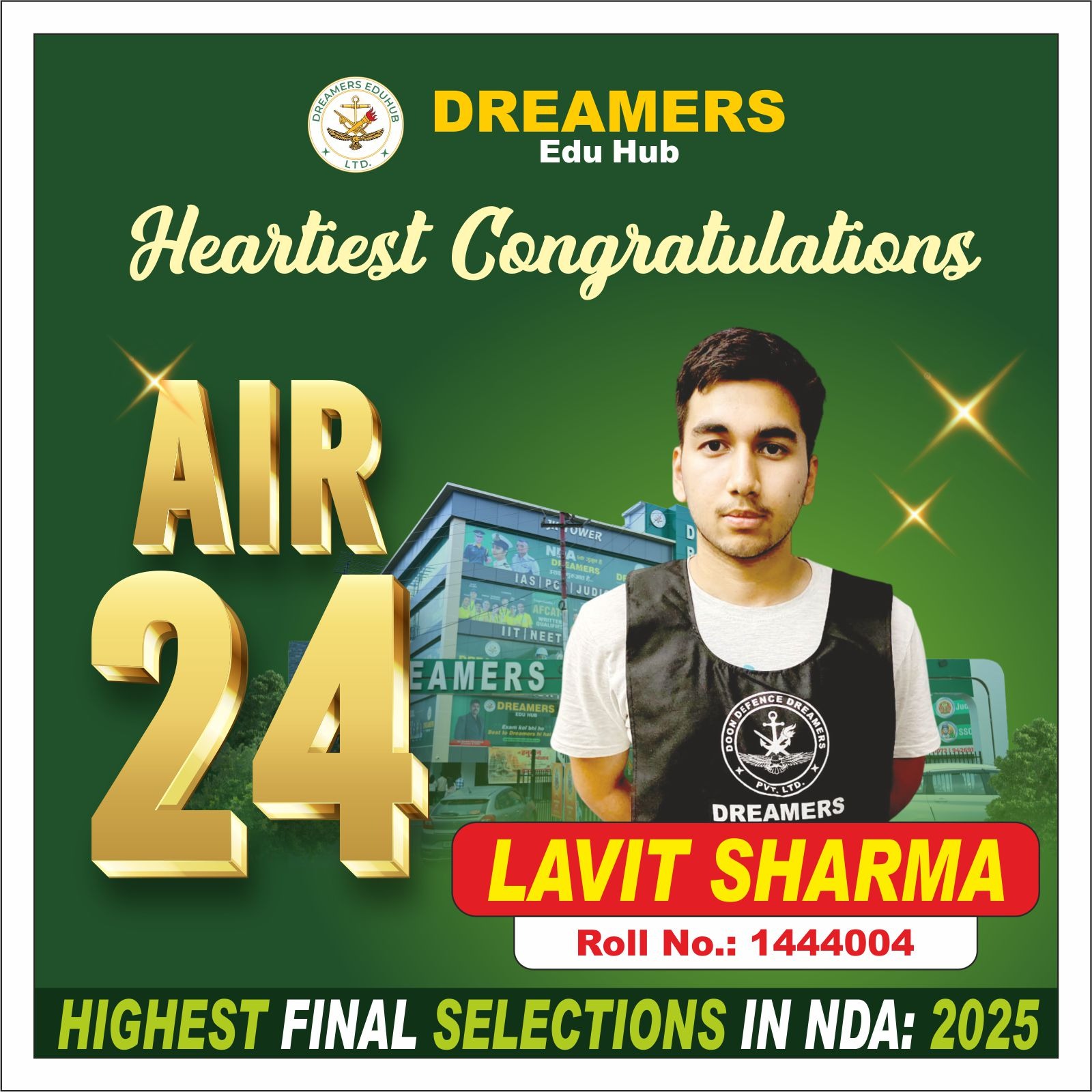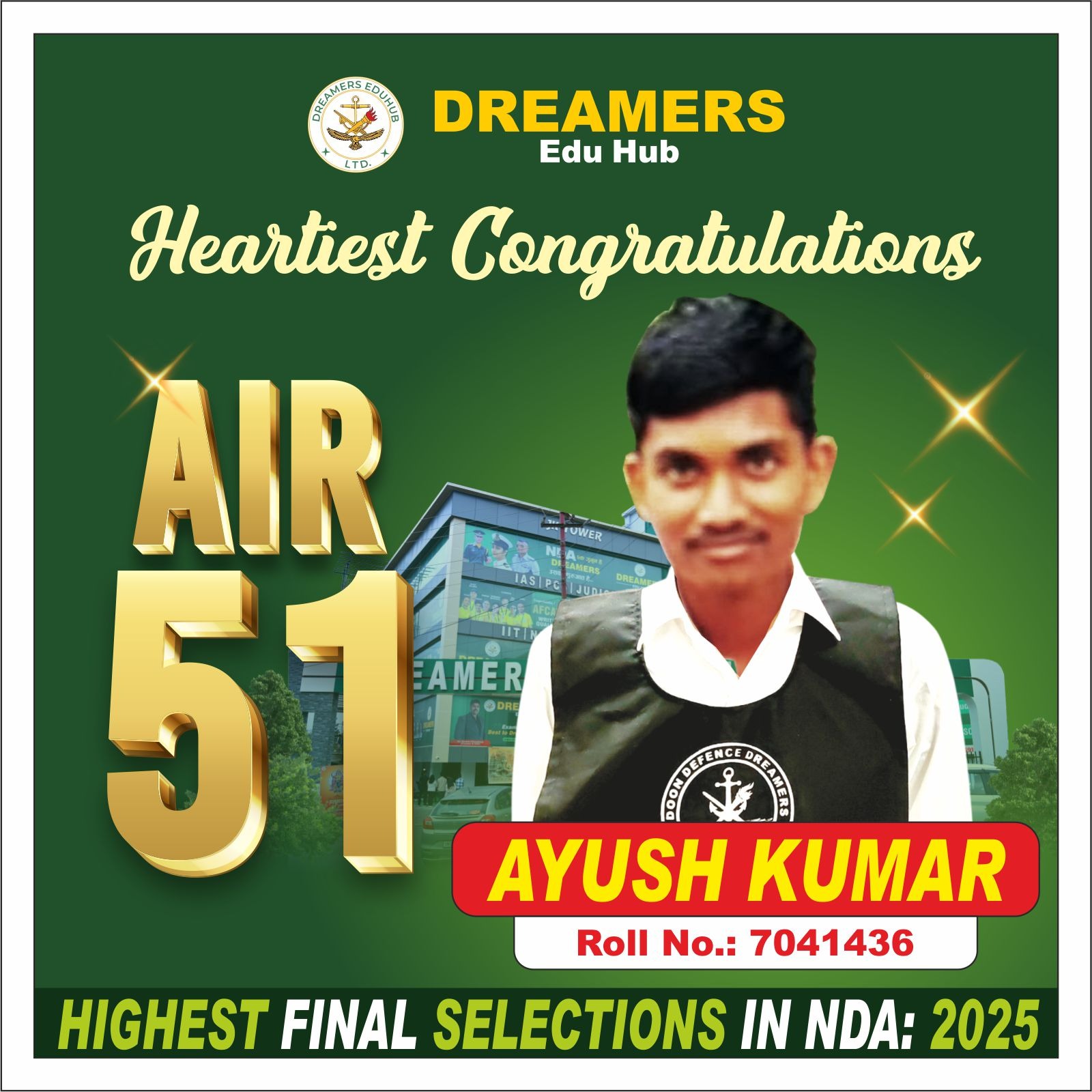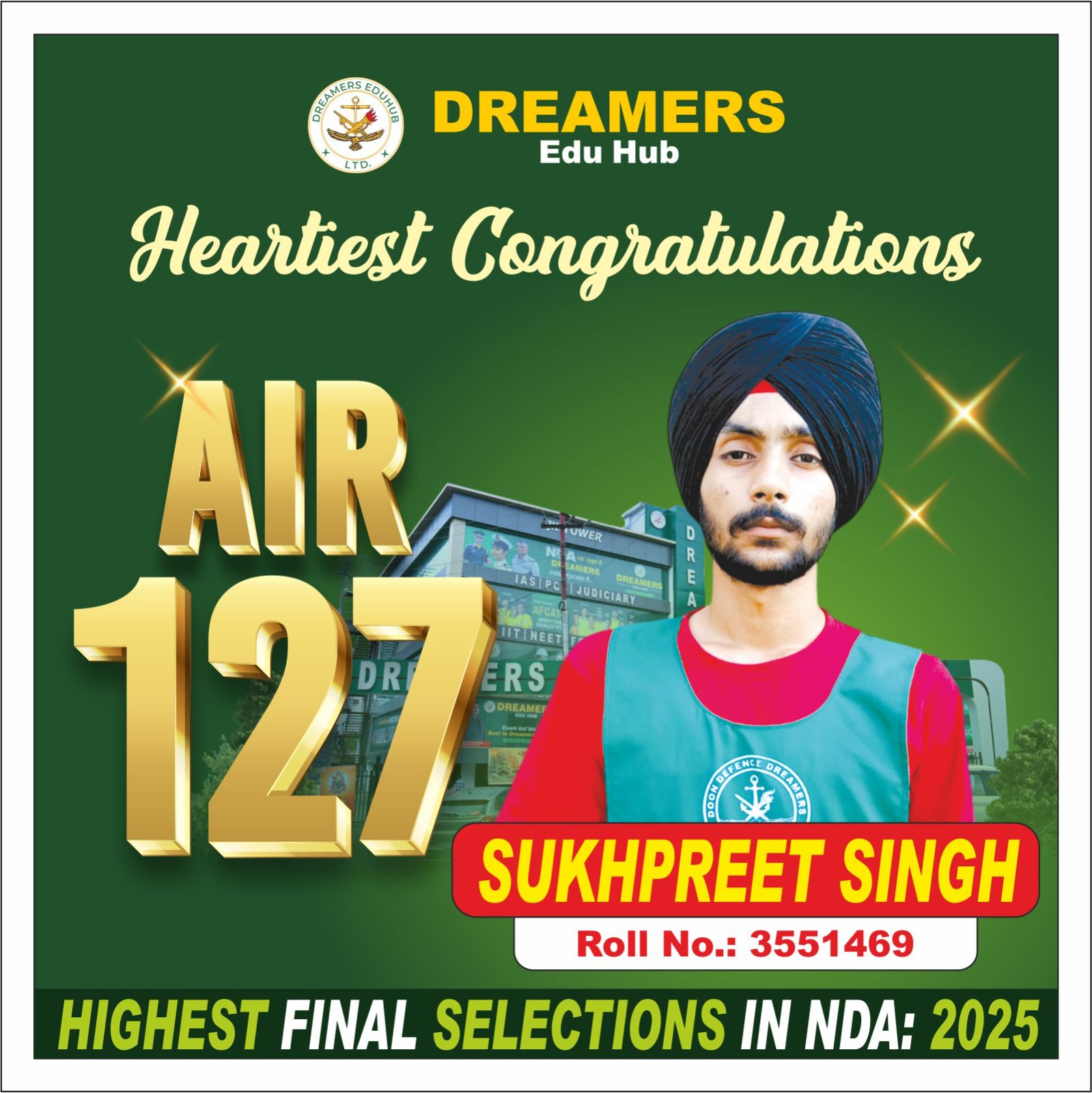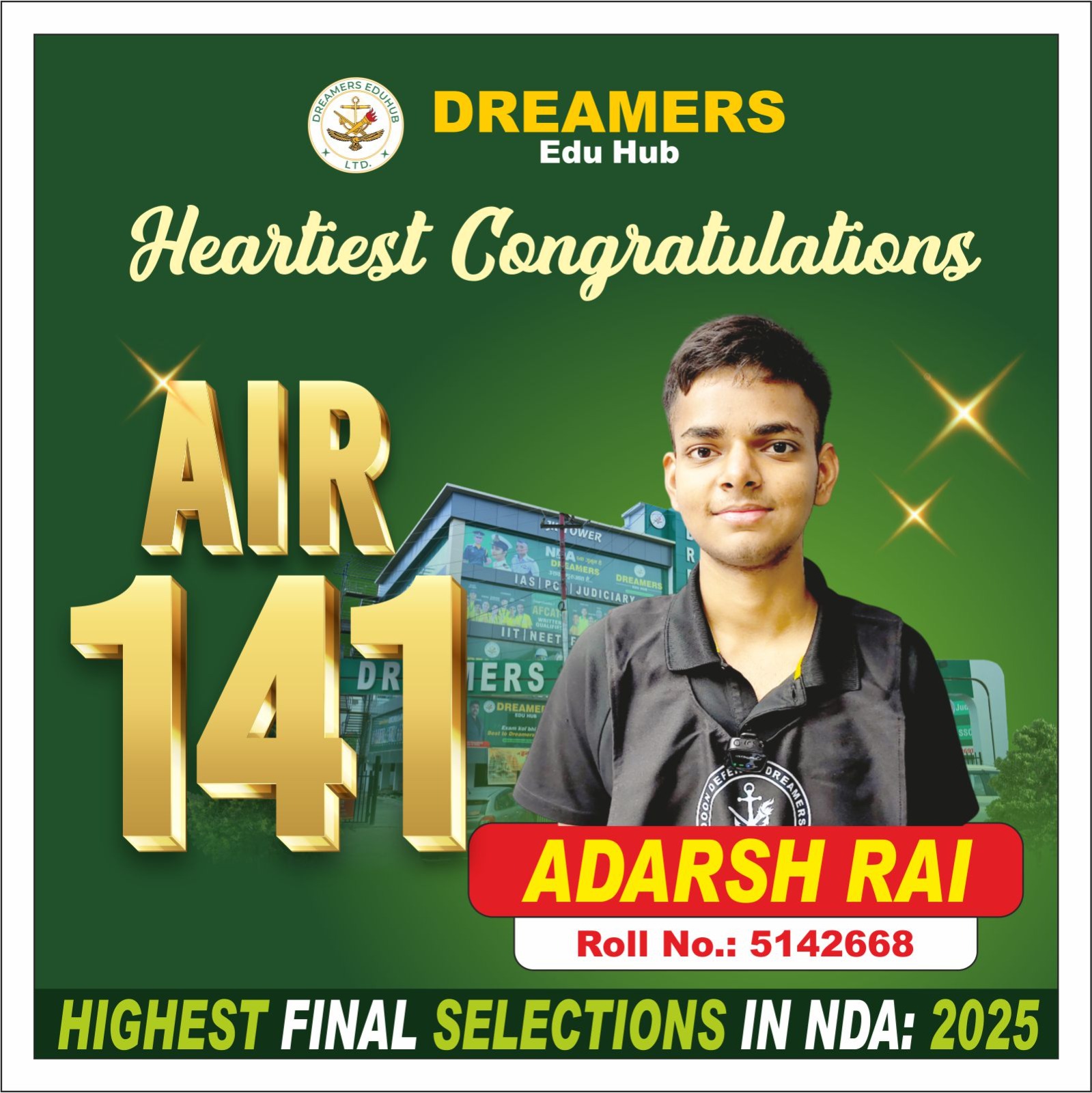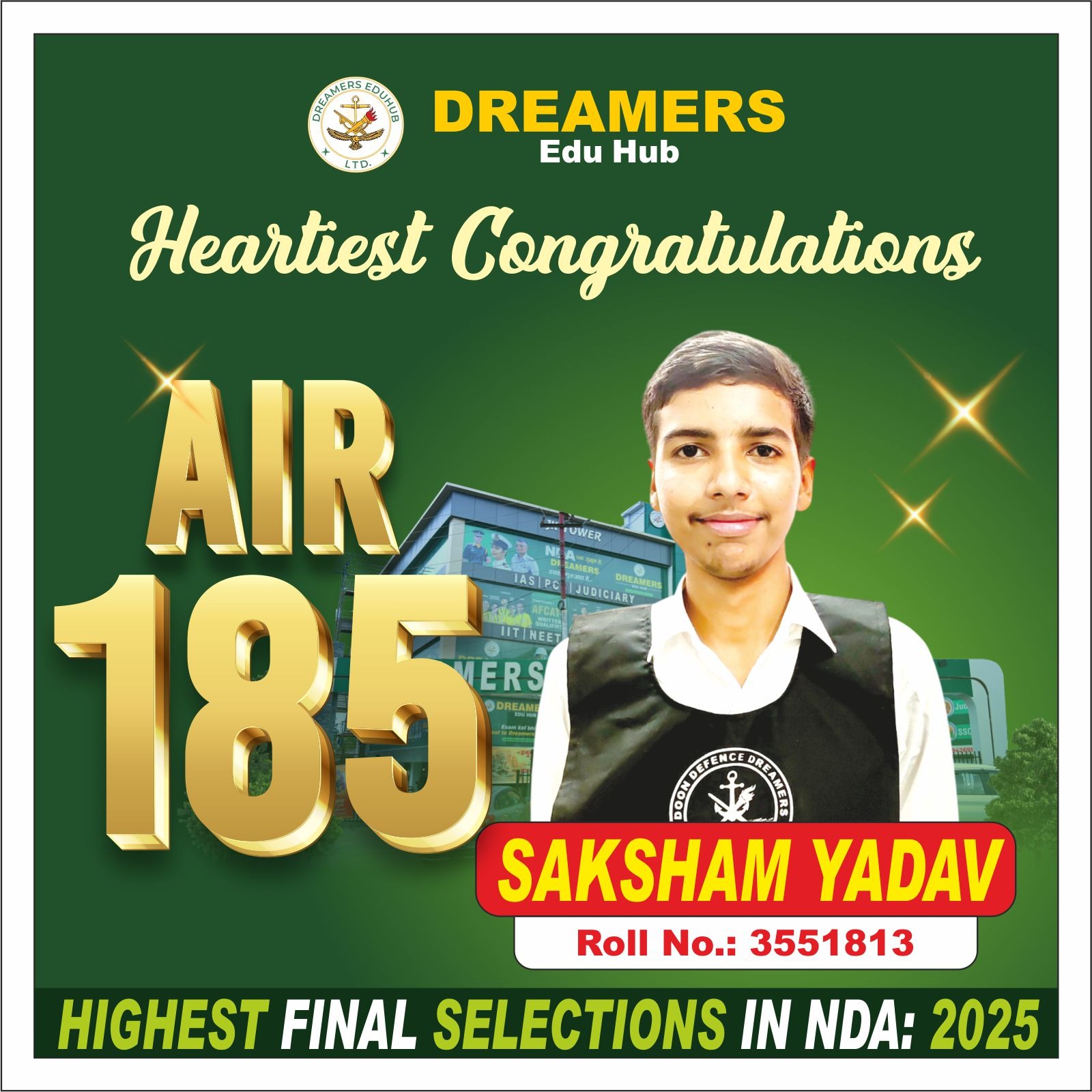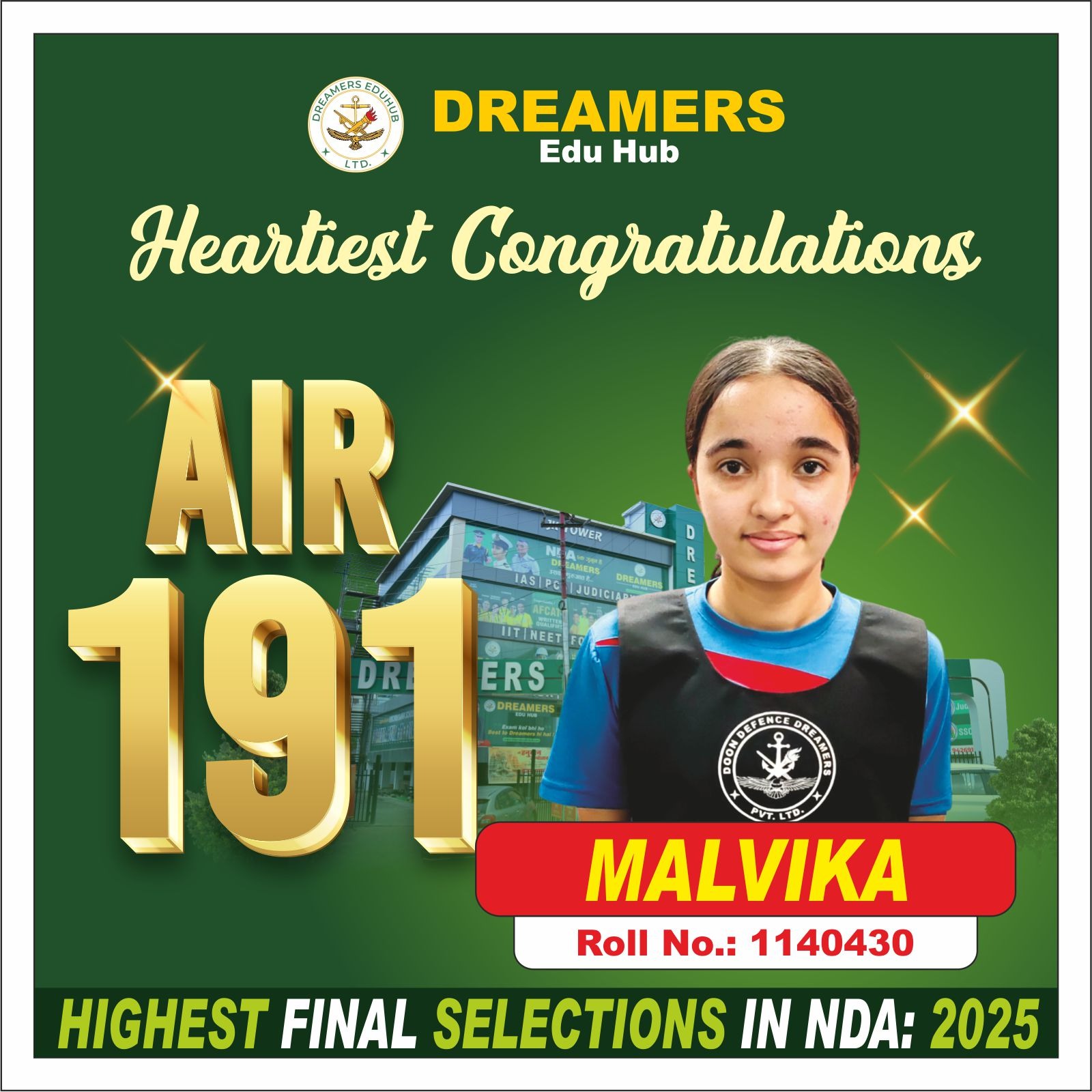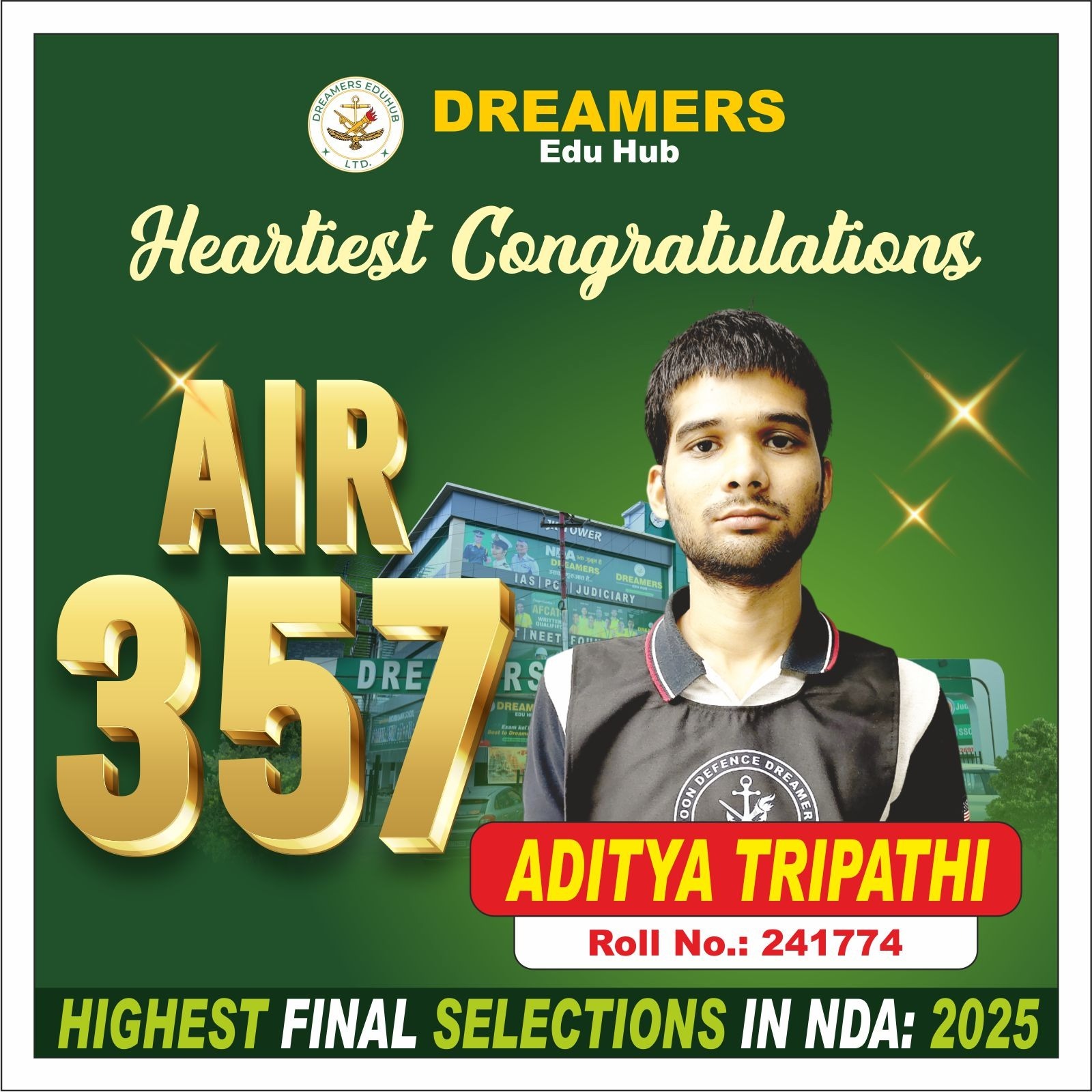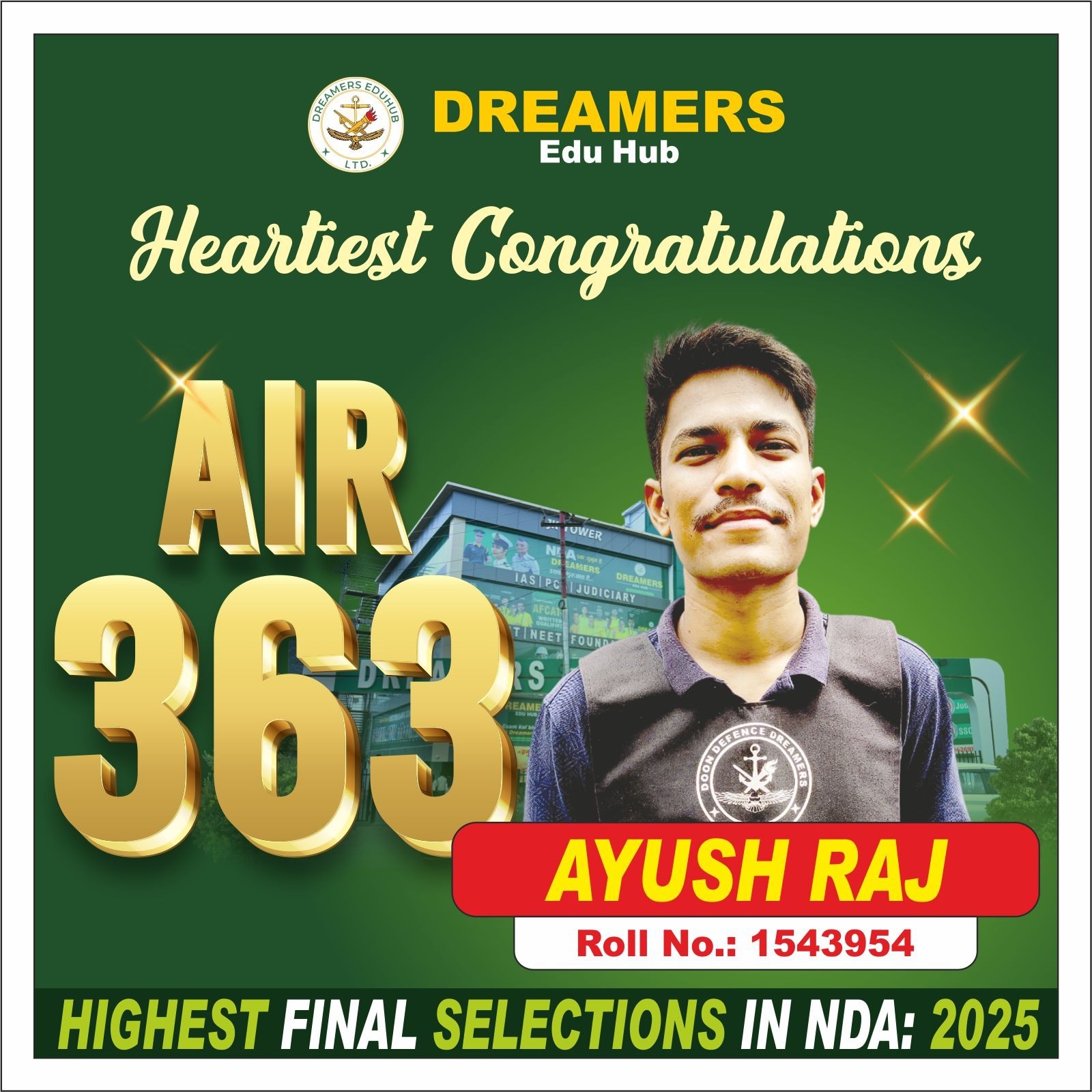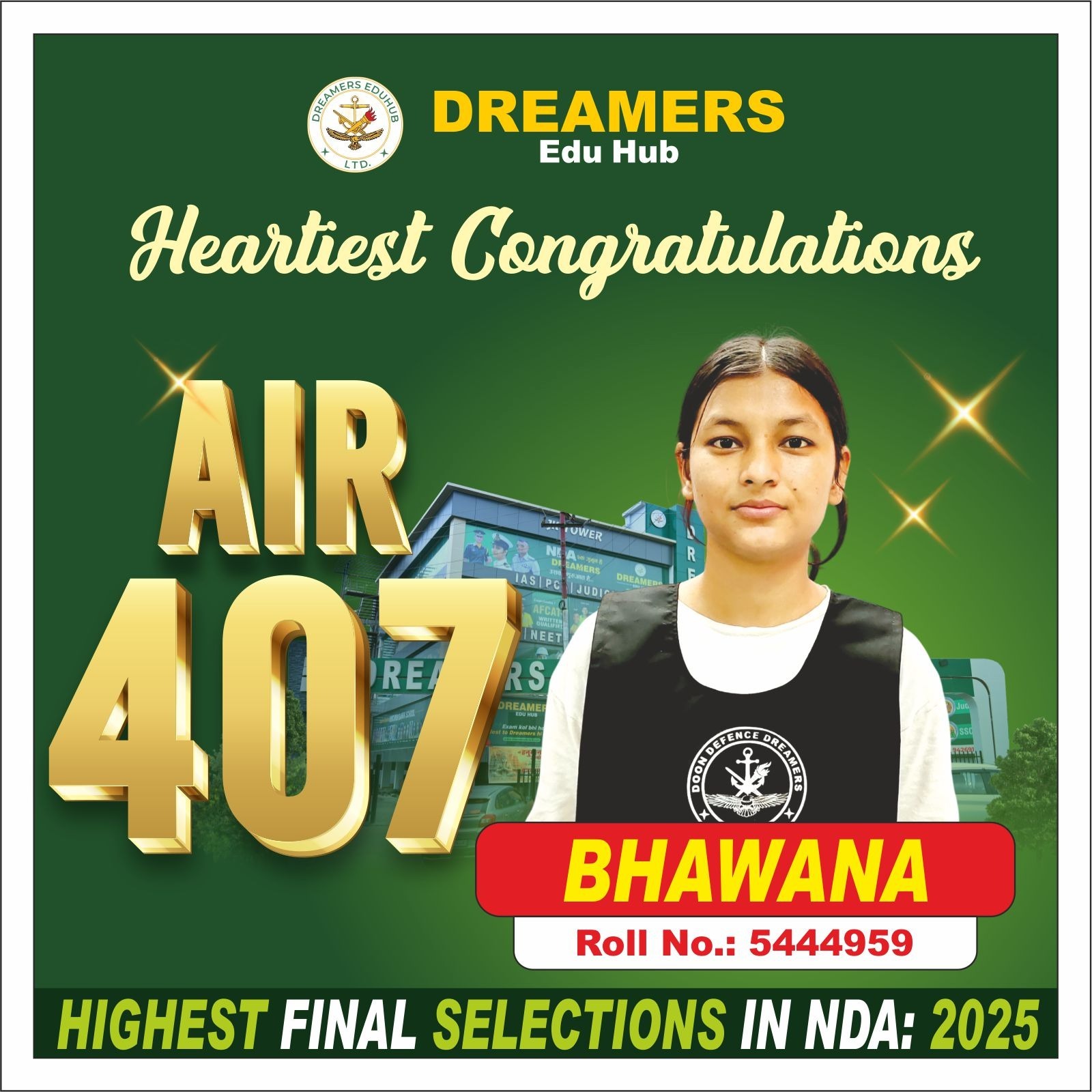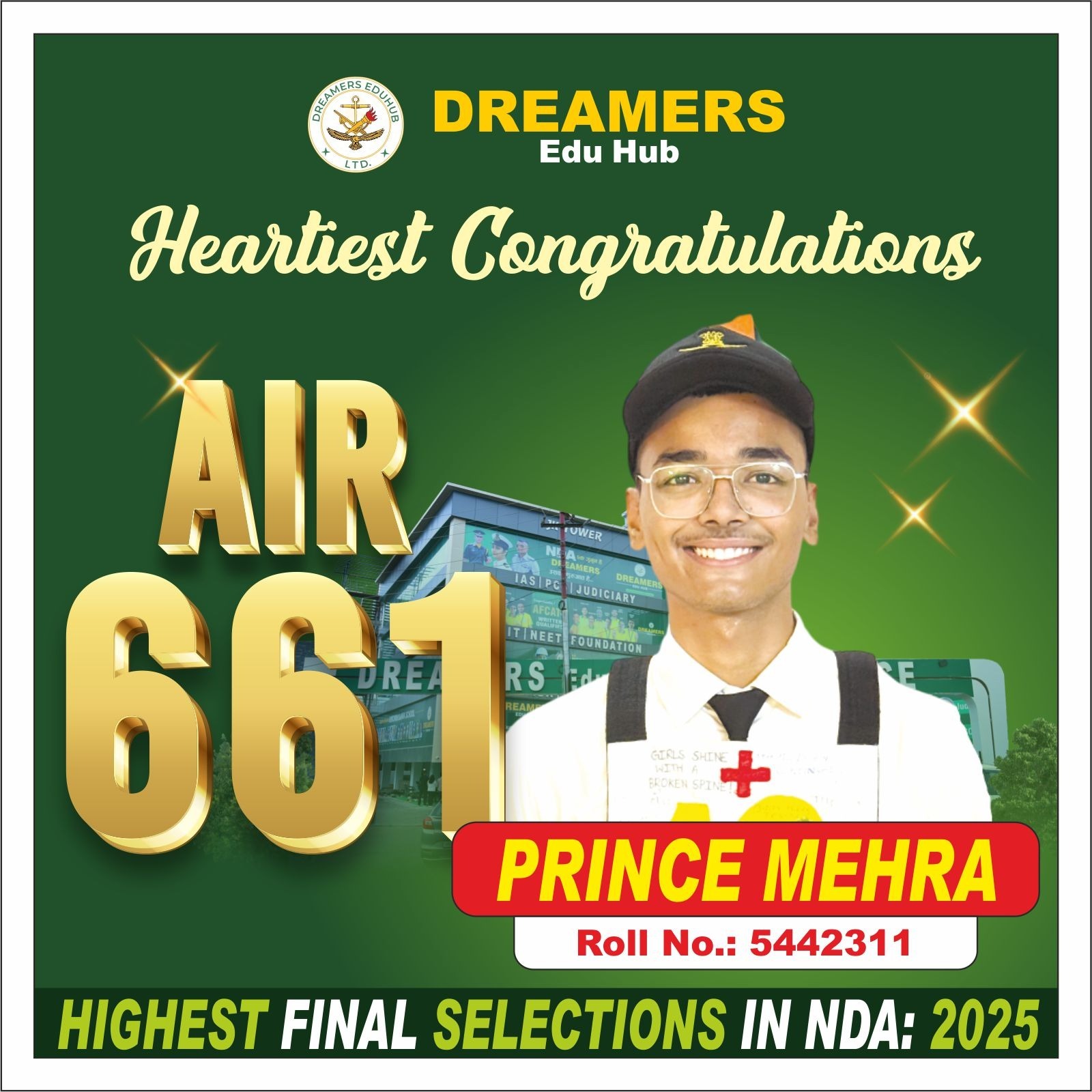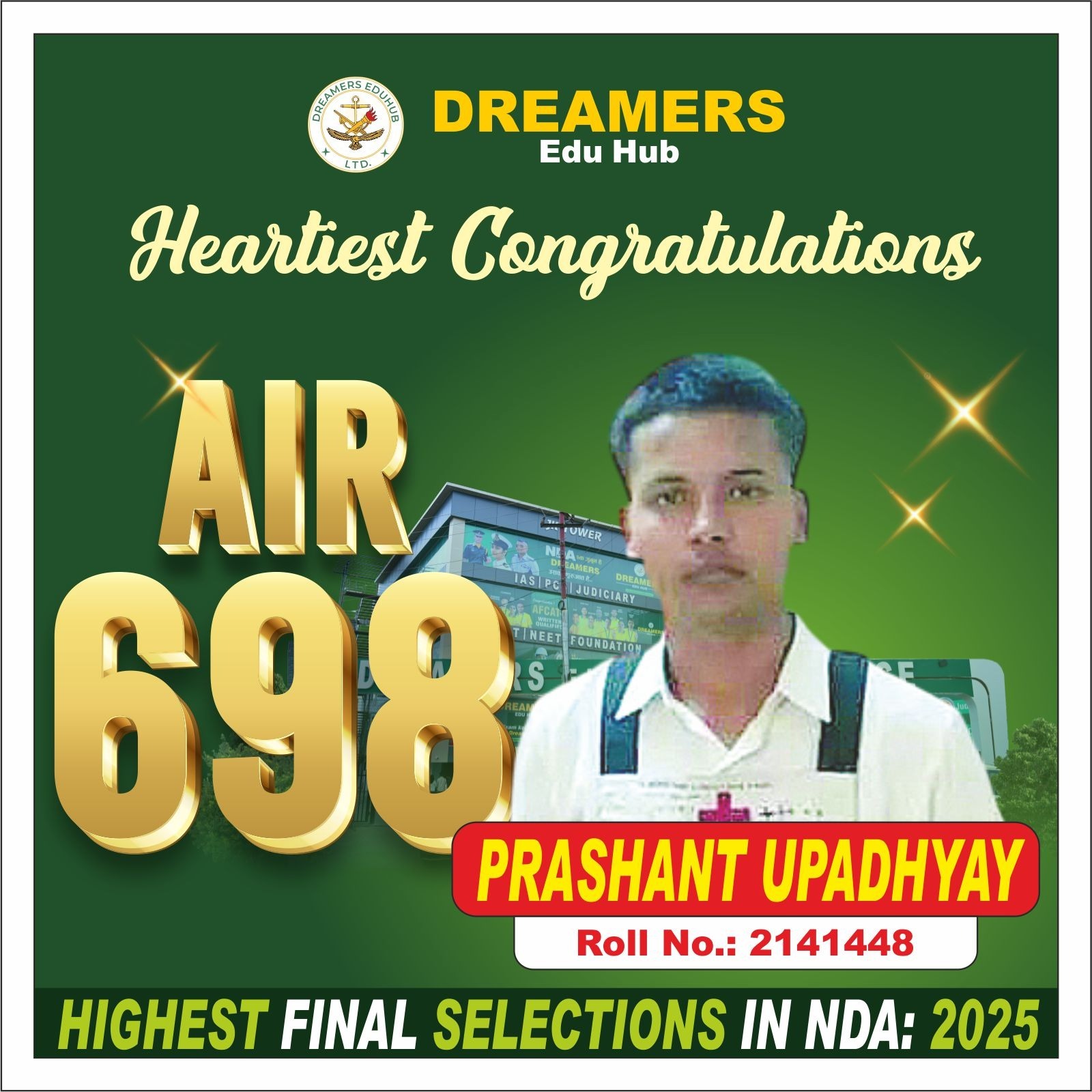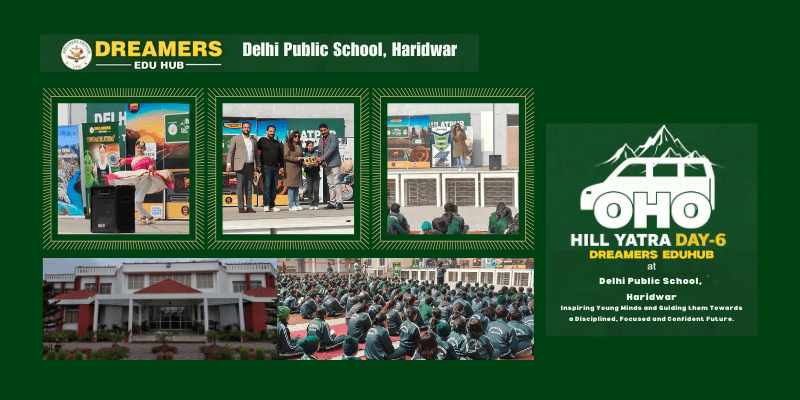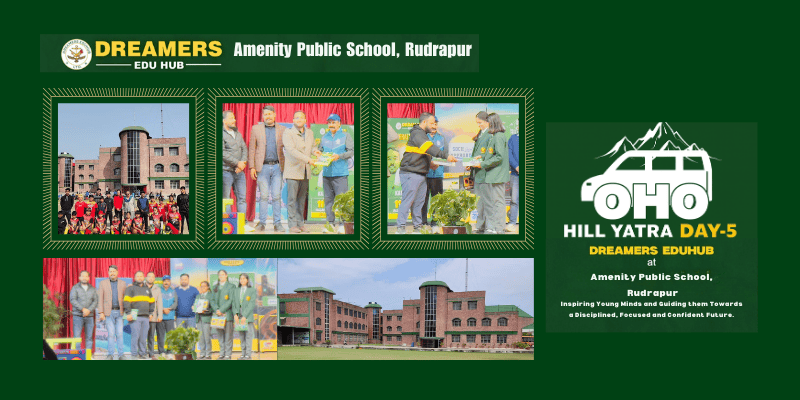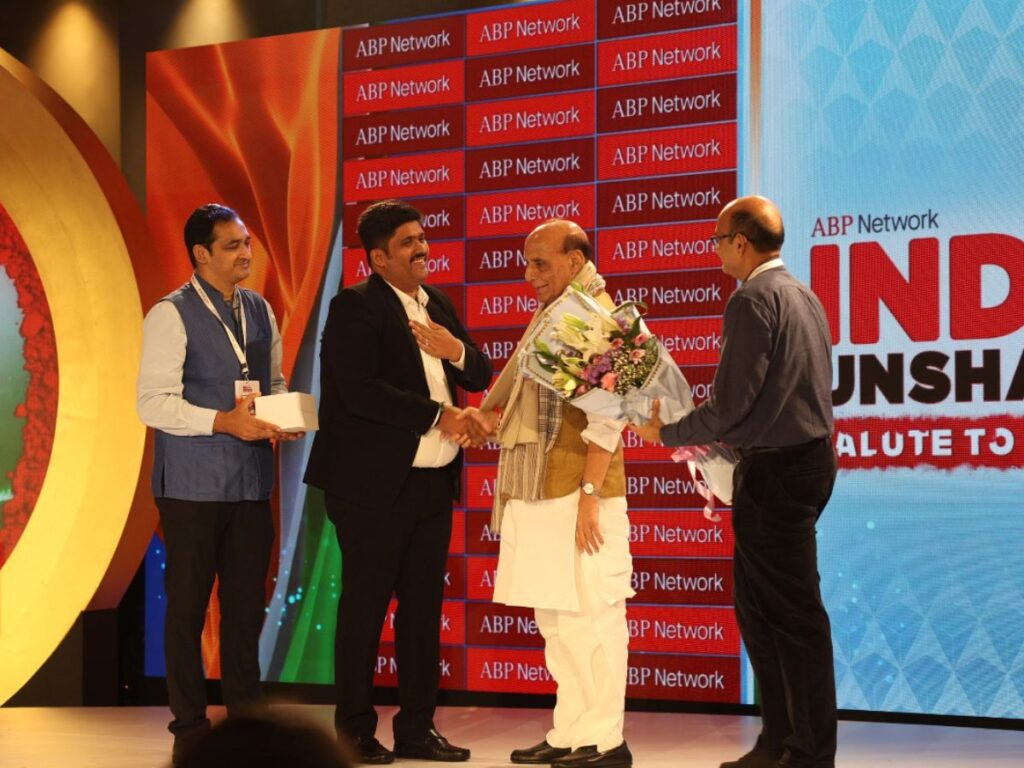Do you want to become an officer in the Indian Armed Forces but feel confused between AFCAT vs CDS? This guide explains everything in simple way—what each exam is for, who should take which, the pattern, selection process, career growth, and a ready-to-use study plan. (Note: exact age/eligibility can change every year—always check the latest official notification before applying.)
Quick summary
AFCAT (Air Force Common Admission Test)
Entry to Indian Air Force only—Flying and Ground Duty (Technical & Non-Technical) branches. Best for students who dream of the Air Force, aviation, and a tech-driven culture.CDS (Combined Defence Services)
Conducted by UPSC for Indian Military Academy (Army), Indian Naval Academy (Navy), Air Force Academy (IAF), and Officers Training Academy (Army SSC). Best for those who want more choices across Army/Navy/Air Force.
Key differences AFCAT Vs CDS
| Factor | AFCAT | CDS |
|---|---|---|
| Conducting body | Indian Air Force | UPSC |
| Services covered | Only Air Force | Army, Navy, Air Force, OTA |
| Attempts per year | Usually 2 | Usually 2 |
| Focus of syllabus | Aptitude + Military awareness | GK/Current Affairs + English + Maths (except OTA) |
| After written | AFSB (SSB-style) | SSB (service specific) |
| Best for | Air Force-only goal | Exploring multiple services |
Simple rule:
Air Force only → AFCAT
Open to Army/Navy/Air Force → CDS
Eligibility and branches
AFCAT
Flying Branch: Graduation with Physics & Maths at 10+2 (or as per current rules).
Ground Duty (Technical): Engineering/technical degrees.
Ground Duty (Non-Tech): Admin, Logistics, Accounts, Education, Meteorology, etc.
Who suits it? Anyone strongly motivated by the Air Force—flying, aircraft systems, air operations, and a high-tech environment.
CDS
IMA (Army) & OTA (Army SSC): Graduation in any discipline (recognised university).
INA (Navy): B.E./B.Tech generally preferred/required.
AFA (Air Force): Physics & Maths background needed in spirit (as per current norms).
Who suits it? Those who want to consider Army/Navy/AF in one go, including short service via OTA.
Tip: Both exams have entries for women, but branch/academy rules differ. Always read the latest notification.
Exam pattern and difficulty
AFCAT pattern (broad idea)
Sections: English (vocab & comprehension), General Awareness (incl. defence), Numerical Ability, Reasoning & Military Aptitude.
Feel: Aptitude-centric. Speed and accuracy matter a lot.
CDS pattern (broad idea)
For IMA/INA/AFA: English, General Knowledge, Elementary Mathematics.
For OTA: English + General Knowledge only (no Maths paper).
Feel: GK is wide (history, polity, geography, science, current affairs). English checks grammar/vocabulary/comprehension. Maths is conceptual (algebra, geometry, trigonometry, arithmetic basics).
Difficulty comparison:
AFCAT: Moderate aptitude exam. Manageable if you practice speed and accuracy.
CDS: Wider syllabus (especially GK). Maths adds another layer for IMA/INA/AFA routes.
Selection stages after the written test
Both routes include interviews and assessments of officer-like qualities:
AFCAT → AFSB
CDS → SSB
These include screening tests, psychology tests, group tasks, personal interview, narration/PPDT, and finally medical evaluation. Communication, leadership, decision-making, and physical fitness are important.
Training, lifestyle, and career path
AFCAT (Air Force)
Training at Air Force Academy (Dundigal).
Flying Branch: Staged flying training on basic → advanced platforms.
Ground Duty (Tech/Non-Tech): Branch-specific academics, simulators, labs, and field exposure.
Culture: Precision, technology, aircraft, air defence systems, and ops readiness.
CDS (multiple academies)
IMA (Dehradun): Field leadership and rigorous physical/tactical training for Army.
INA (Ezhimala): Seamanship, navigation, engineering, and sea-going ethos.
AFA (Dundigal): Flying/technical training for Air Force entries through CDS.
OTA (Chennai): Short Service Commission—intense, time-bound training.
Perks across services: Respect, steady pay, allowances, canteen, medical, travel, adventure.
Reality check: Transfers, operational demands, discipline, and high responsibility are part of the life. Many love it; you must be ready for it.
Honest pros and cons
AFCAT
Pros
Clear, Air Force-focused path.
Strong tech/aviation environment.
Aptitude-style paper suits many graduates.
Cons
Only one service (IAF).
Branch-specific eligibility may limit options some years.
CDS
Pros
Multiple choices (Army, Navy, Air Force, OTA) in one exam.
Good for strong GK/English candidates; OTA skips Maths.
Long-term leadership tracks, especially in Army/Navy.
Cons
GK breadth can feel heavy.
Maths required for IMA/INA/AFA bothers some students.
UPSC-style competitiveness demands consistency.
Who should choose what?
You dream only of the Air Force, love aviation/tech: Choose AFCAT.
You want flexibility across Army/Navy/Air Force (or OTA SSC): Choose CDS.
Non-Maths comfort + interest in IAF non-tech roles: AFCAT may feel smoother.
Comfortable with GK/English (+Maths for IMA/INA/AFA) and want field leadership: CDS is excellent.
Many aspirants take both exams (if eligible). This increases their selection chances and creates more pathways.
Simple 8-week study plan (works for AFCAT and CDS)
Weeks 1–2: Basics first
English (30–40 mins/day): Read one editorial or article; list 10 new words; practice error spotting and short passages.
Maths (30–45 mins/day): Number systems, percentages, ratio, averages, simple interest/compound interest. Keep a small formula notebook.
GK/GA (30 mins/day): Revise quick notes from NCERT-style summaries—polity basics, geography maps, history timelines. Maintain a small “defence & current” notebook.
Weeks 3–4: Spread out the syllabus
AFCAT focus: Reasoning (verbal + non-verbal), military aptitude sets; do timed practice.
CDS focus: Modern History, Constitution highlights, Indian geography (rivers, climate, soils), science & technology, current affairs.
Weekend: One sectional mock each for AFCAT & CDS; update the error log.
Weeks 5–6: Full mocks + analysis
Take one full AFCAT mock and one full CDS mock every 3 days.
Analysis is king: write why you got each wrong; revise that concept immediately.
Keep vocabulary and formula notebooks alive—review 2–3 pages daily.
Weeks 7–8: Finish strong
Revise only high-yield topics: Polity articles, important movements/treaties, geography maps, frequently asked science facts, defence news.
Interview readiness: Prepare a short, honest “about me,” your hobbies, leadership incidents from college/school, achievements, and failures (and lessons learned).
Fitness micro-routine: Light running, mobility, and core work—consistency over intensity.
Doon Defence Dreamers : For AFCAT & CDS Preparation
Why this academy stands out Best NDA and CDS Coaching in Dehradun, India
Focused AFCAT & CDS batches with live + recorded classes, weekly tests, full mock series, and doubt-clearing.
Recent results (as reported)
NDA (I) 2025 Final Merit: Students secured AIR 8 and AIR 24 in the Top 25.
NDA 155 SSB selections: 35 selections, including female cadets—covered by major outlets.
NDA (II) 2025 written: Reports mention 710+ selections this session.
What you get for AFCAT & CDS
Complete syllabus coverage (English, GK/Current Affairs, Maths where required), reasoning drills, and SSB/AFSB grooming.
Mock tests + feedback to improve speed, accuracy, and interview confidence.
Contact & location (for admissions/enquiries)
Address: JK Tower, Sahastradhara Road, Dehradun, Uttarakhand 248001.
Helplines: +91 94296 91488 / +91 94296 91072 (Admissions); +91 97603 50355 (Parents).
Website: Doon Defence Dreamers (official site), Dreamers Edu Hub (official site)
Conclusion
AFCAT vs CDS—both are great paths to become a Defence officer.
Choose based on your goal, strengths, and comfort:
If your heart is set on the Indian Air Force and you like aptitude-style papers, pick AFCAT.
If you want more options (Army/Navy/Air Force/OTA) and you’re okay with GK (+Maths for IMA/INA/AFA), pick CDS.
Still unsure? Prepare for both (if eligible). The syllabus overlaps and it increases your chances.
Quick takeaways
- AFCAT = Air Force–focused, tech & aviation culture, strict branch eligibility.
- CDS = Wider choices, UPSC-style prep, OTA route has no Maths paper.
- SSB/AFSB needs communication, confidence, leadership, and basic fitness.
Frequently Asked Questions
Q1: Which exam has a higher cut-off?
It changes with paper difficulty and competition. AFCAT cut-offs are aptitude-driven and vary; CDS depends a lot on GK level, negative marking, and Maths (where applicable).
Q2: Are there entries for women?
Yes, in both—branch and academy rules differ. Always check the latest notification.
Q3: I am weak in Maths. What should I pick?
AFCAT can feel more manageable if your aptitude is okay. In CDS, OTA route (English + GK only) avoids the Maths paper.
Q4: Should I attempt both?
If you are eligible—yes. It doubles your opportunities and much of the study overlaps.


